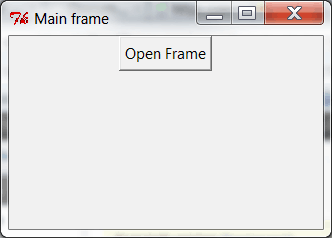

Putting it all together: import tkinter as tk # Python 3.x Version This will open and run the application until it is stopped by the window being closed or calling exiting functions from callbacks (discussed later) such as stroy(). Once the application is ready we can start it (enter the main event loop) with the mainloop method root.mainloop() Label.pack(padx=20, pady=20) # Pack it into the window Now that we have a window, let's add text to it with a Label label = tk.Label(root, text="Hello World!") # Create a text label
Tkinter python 3 install windows windows#
(note that additional windows should be Toplevel instances instead) This will act as the window for our application. Now that we have the tkinter module imported we can create the root of our application using the Tk class: root = tk.Tk() Using as tk isn't strictly necessary but we will use it so the rest of this example will work the same for both version. In Python 2 the module Tkinter has a uppercase T: import Tkinter as tk In Python 3 the module tkinter has a lowercase t: import tkinter as tk Let's test our basic knowledge of tkinter by creating the classic "Hello, World!" program.įirst, we must import tkinter, this will vary based on version (see remarks section about "Differences between Python 2 and 3")

Tkinter's greatest strength is its ubiquity and simplicity. Additional GUI libraries that can be used with python include wxPython, PyQt, and kivy. Tkinter isn't the only GUI library for python, but it is the one that comes standard. It provides access to an underlying Tcl interpreter with the Tk toolkit, which itself is a cross-platform, multilanguage graphical user interface library. Tkinter (" Tk Interface")is python's standard cross-platform package for creating graphical user interfaces (GUIs).


 0 kommentar(er)
0 kommentar(er)
